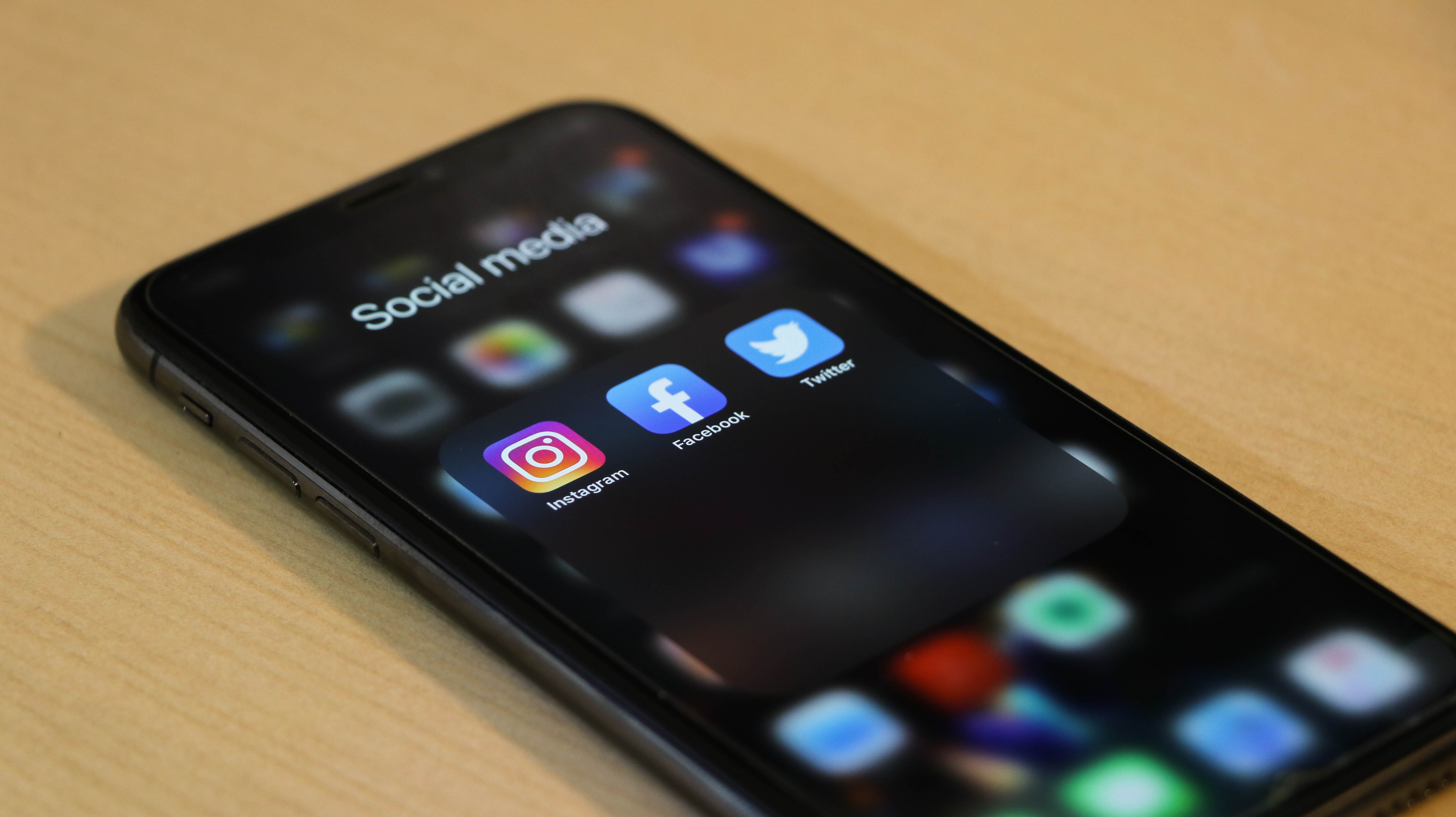Tips to help TV journalists maximize Facebook Live

By Simon Perez
RTDNA Contributor
Local television news stations long ago realized they couldn’t only depend on reaching audiences over the airwaves. The future is about the web and social media (and whatever else comes next). As technologies rapidly evolve, it’s incumbent upon newsrooms to stay on top of what’s the latest.
One of the biggest changes in live news coverage has been Facebook Live. This function allows Facebook users to show a massive audience video of what’s happening around them right now. But for journalists, there’s a catch. Television reporters are not in the business of just sending out random information (think un-narrated raw video without context), they’re in the business of engaging, retaining and expanding their audiences who are hungry for news.
Here are some tips for broadcast journalists on how to make Facebook Live work for them, offered by Carlos Castañeda, senior editor of News and Social Media at KPIX TV, the CBS O&O in San Francisco.
“The viewership for local TV news is a shrinking pool,” Castañeda said. “On the other hand, mobile users are growing and growing and growing and growing.”
A Knight Foundation report showed nearly 90 percent of people who owned a cell phone used it to access news.
Combine mobile usage with Facebook’s ever-growing number of users (nearly 1.8 billion in the third quarter of 2016) and you’ve got a huge potential to reach a huge audience.
But how often have we heard: “This social media app is a game changer.” Who says Snapchat won’t go the way of Myspace? Remember Vine?
It doesn’t matter, Castañeda said: “Social media platforms may come and go... so there is some sort of fad aspect to it. But nevertheless, you’ve still got to be on board with it and adapt to it and use it.”
No matter what the tool of the day is, “the point is to reach people where they can be reached,” Castañeda said.
Since Facebook Live doesn’t appear to be going anywhere anytime soon, let’s discuss the two ideal scenarios for using it in a television news operation:
1. Breaking news. So often, reporters show up to a scene that needs to be covered right now, before the microwave or Dejero or LiveU signals can be established. With a cellphone and a good service connection, one person can broadcast what’s happening now using a cellphone, without any help. Here’s an example of a breaking news story that KPIX broadcast via Facebook Live.
2. Long-form reports with audience interaction. So often 1:30 isn’t enough time to relay to viewers all a reporter has found out. Inviting viewers to join the conversation on Facebook Live after the newscast creates another opportunity to engage, retain and expand that audience.
Castañeda suggests a tag to a live shot or package along these lines: “We’re getting a lot of feedback on this story. There’s a lot of other things we wanted to tell you. Join me live on Facebook after the broadcast and we’ll answer your questions.”
That interactivity is key: “One of the main aspects of the Facebook Live is the ability to field questions on the fly and interact with users in real time. That definitely helps drive the engagement for a media outlet,” Castañeda said. Here’s an example of how KPIX used Facebook Live to engage with the audience via Q&A.
As mentioned earlier, the idea isn’t just to wing it and see what happens. Here are five best practices Castañeda recommends to help engage, retain and expand your audience:
- Make sure the title is a clear, direct description of what's in the video.
- Avoid promotional phrases such as "coming up," "click for more," "Tonight at 11." This is not for teasing the story; it’s for telling the story.
- Be prepared to be live for a while to give people a chance to come across your post - five to 10 minutes minimum. You can extend the recording by doing a recap: "For those of you just joining us..."
- Identify yourself and where you are at the top of the live broadcast, and also frequently throughout, as latecomers join the conversation.
- Acknowledge the people who engage with you, either by voice live on the air or afterwards. Even if it’s just a click on a comment, engagement builds the audience.
KPIX has been using Facebook Live for about a year and has seen its video views on the web increase tenfold.
Simon Perez is an assistant professor of broadcast and digital journalism at Syracuse University's S.I. Newhouse School of Public Communications. In the summers of 2012, 2014, 2015 and 2016 he returned to his former job as reporter for KPIX TV in San Francisco. He has chronicled his newsroom experiences and the lessons he hopes to bring back to the classroom at http://www.simonperez.com/blog.
